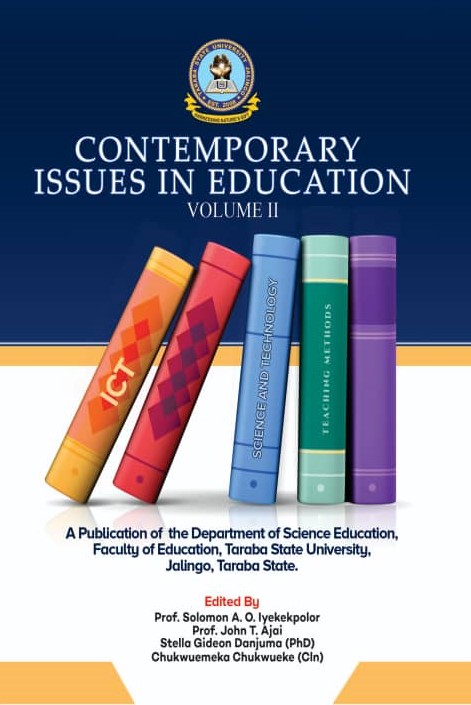Teaching Aids and Instructional Materials for Teaching and Learning Science
Abstract
The effectiveness of teaching and learning depends upon the use of different type of equipments available in the classroom. According to Badaka and Benedicto (2019), there are many Traditional and Modern teaching and learning materials available these days, they are of much importance in TLP (Teaching Learning Process). The resources a teacher uses while teaching plays a vital role in how students learn. Motivation, stimulation, retention, interest, actionable learning, etc., can vary per resource. First, why do Teaching aids and Instructional materials help in education? The short answer is – fun, engagement, curiosity, and sensory interactions improve learning, memory, and understanding. Teaching aids are also called audio-visual aids. Contemporary teaching aids that are in use provide stimulation to ears and eyes together compared to the traditionally used teaching aids that stimulated only one sense organ. The emerging teaching aids involve other sense organs (Đurđanović, 2015). These teaching aids are visual aids (illustrations, textbooks, magazines), auditory aids (sound recordings from CDs), audio-visual aids (combination of audio and video materials, DVDs). Uchechi (2021) defines teaching aids as devices (computer, DVD), instructional aids (book, chalk board, picture), or objects (specimen, map, globe) that help the teacher to effortlessly carry out the teaching-learning process. Teaching aids are the tools that are used by teachers in classrooms which helps in explaining a concept effectively to students (Bhuyan, 2022). Broadly speaking, any device, method, or system that helps to teach can be called a teaching aid.

